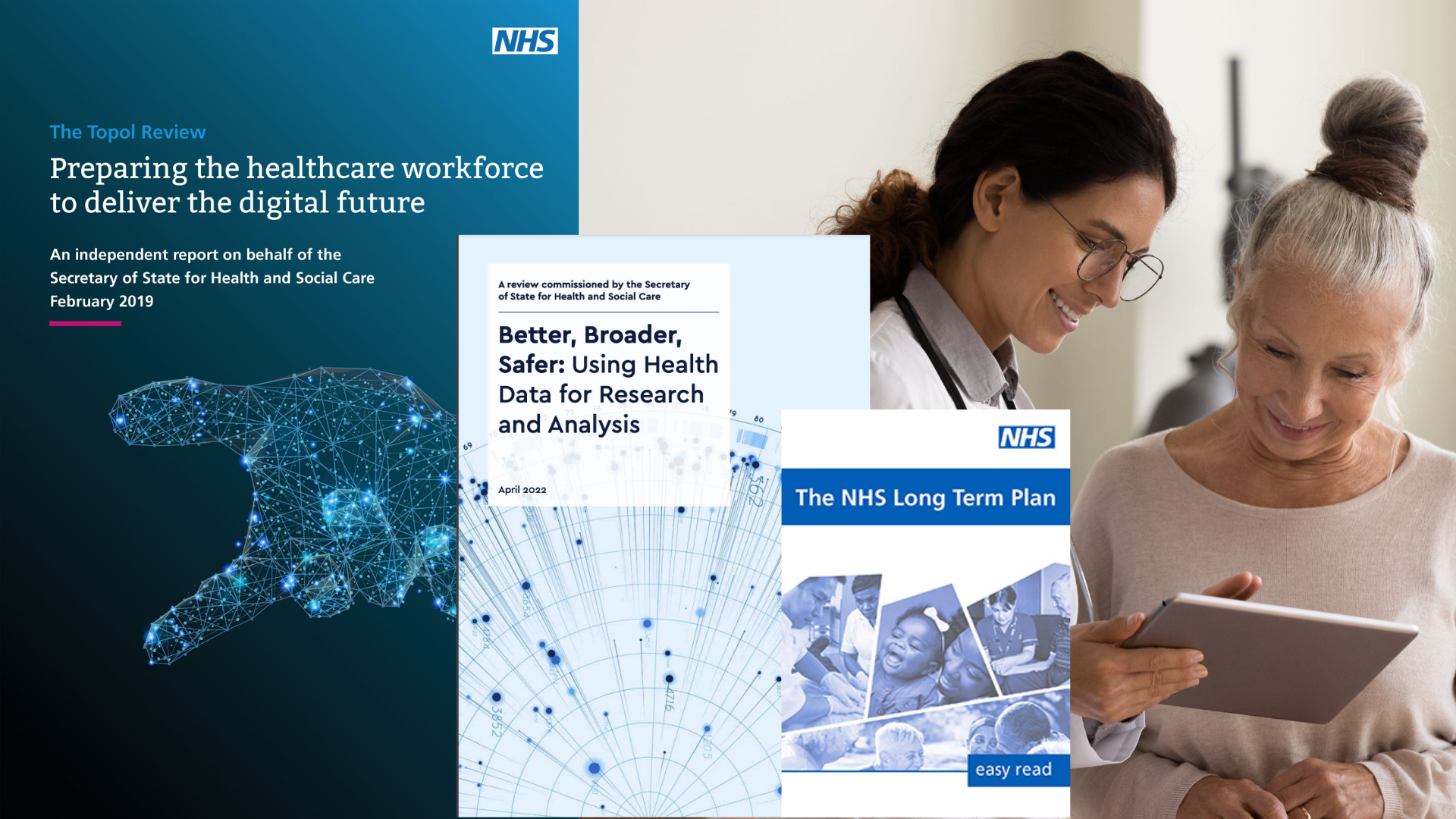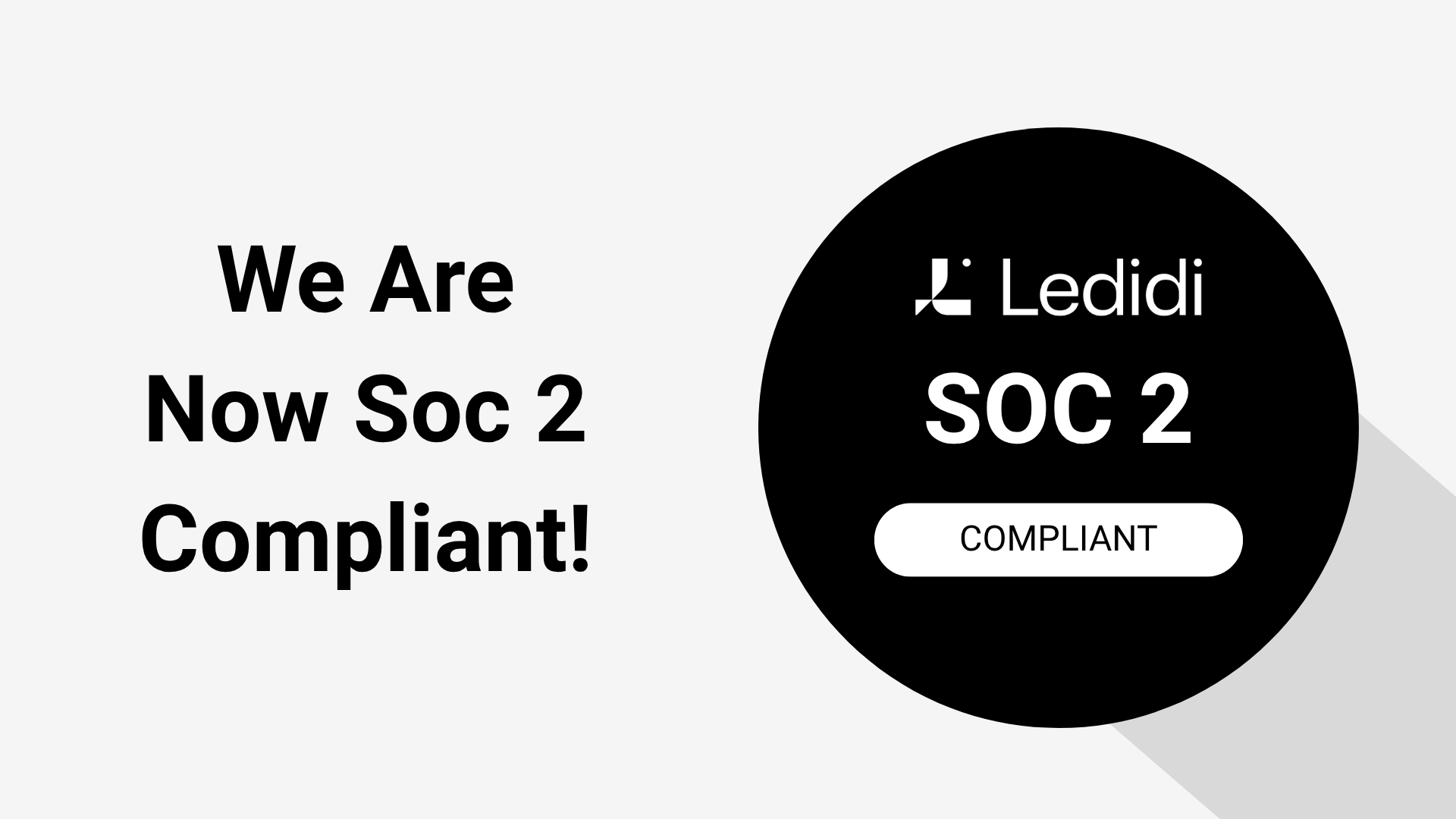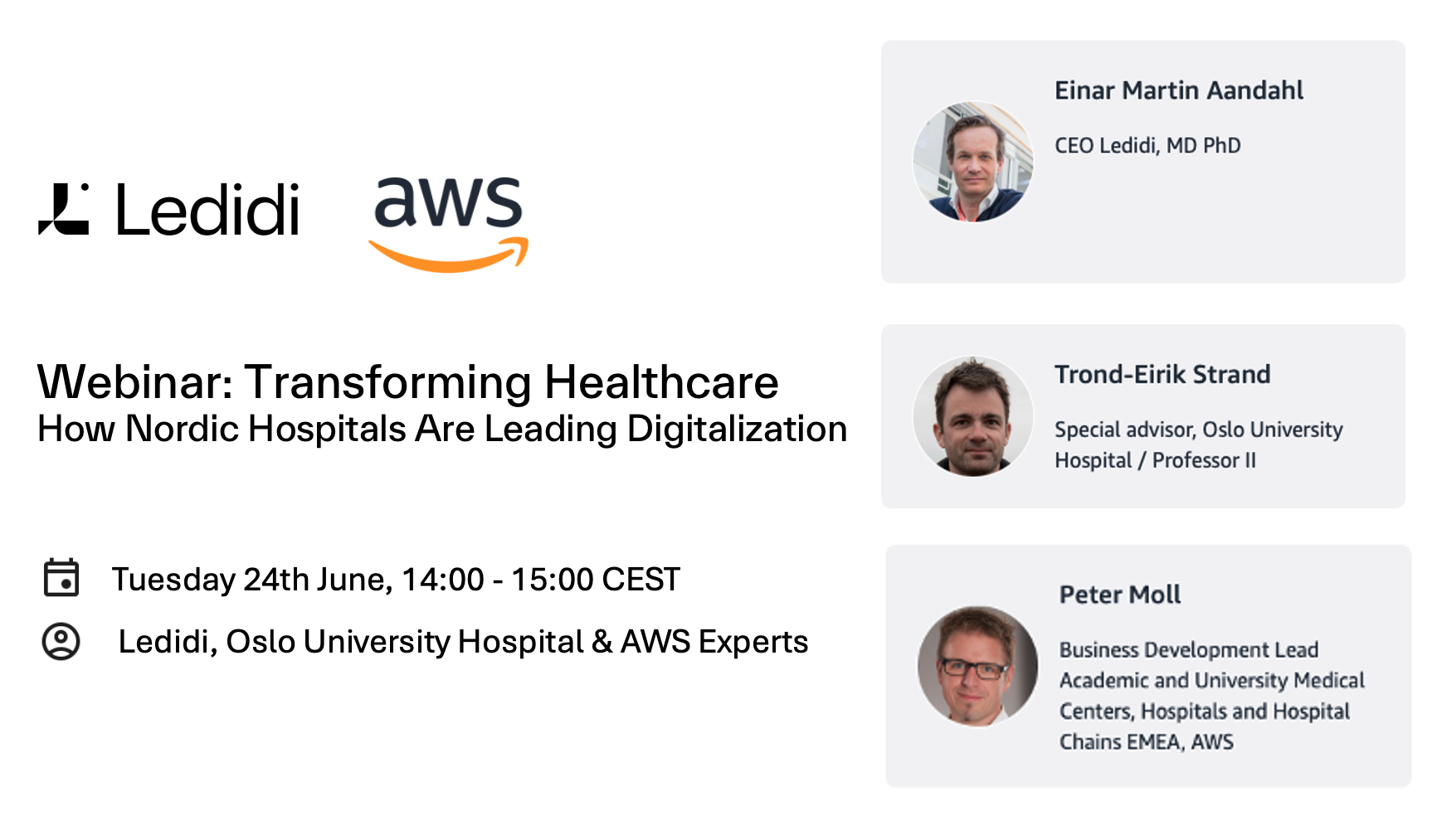Healthcare professionals and researchers are surrounded by data but starved for insights. This is a paraphrase of a 10-year-old statement from Jay Baer concerning marketers (1), but in my opinion, it also sums up the status quo as to where we're at when it comes to moving the health sector into a digital-driven landscape where the data of today can be turned into insights driving the improved healthcare of tomorrow.
One quick look at the Goldacre review, the Topol Review, the Data saves life strategy, the New Hospitals Programme, and the NHS long-term strategy reveals that the future of healthcare in the UK is a digitally driven one (2, 3, 4). To achieve the goals set out and start utilising data for purposes such as research, clinical audit and quality improvement, it is clear that we need both more effective tools to structure and analyse healthcare data, as well as new and more effective workflows going from raw data to results.
Dr Ben Goldacre, the author of the Goldacre review, has effectively pointed out a big part of the problem: “Data analytics in healthcare is fundamentally broken and mistakenly focused on academic pursuit rather than actionable insight.” (5)
Keeping data safe but accessible
Utilising health data is complicated, as the data mainly consists of sensitive personal data from patients. The requirements for privacy, confidentiality and information security are, therefore, tense. As a response to this, NHS England has recently revealed their developments towards implementing a new ‘secure data environment’ (a data storage and access platform, which is being built to uphold the highest standards of privacy and security of NHS health and social care data when used for research and analysis) as part of the new Data Saves Lives policy.
This is a very positive step forwards. However, it will still be some time until this is fully active and only approved users, with approved projects, are allowed to access and analyse data within the SDE with only approved outputs able to leave the environment. We can therefore expect the data burden within our healthcare ecosystem to continue to grow for the time being, and for those healthcare professionals not approved to access the SDE to remain separated from valuable data insights.
Labours of love
Already, the vast amount of existing data within the NHS cannot be understated, and this will continue to grow at a pace as services become more and more digitised in the coming months and years. The data is (to date) underutilised, hard to access and often unsecured. So far, no existing solution has come forward to effectively collate, analyse and visualise these datasets, thus restricting access to valuable insights toward improving patient outcomes and services. Professor Ben Goldacre themselves has even stated:
“A very large number of bespoke data collections and NHS data flows are used to monitor and improve services or conduct subject-specific research. These are often “labours of love”, with inspiring and committed teams, but are generally treated as isolated, standalone datasets, many would be better implemented as thriving analytic communities inside a shared data resource.” (2)
It is not uncommon for departments and dedicated individuals to spend many hours of valuable time gathering and cleaning up their registry data in order to review patient outcomes and performance. As we move towards data- and digitally-driven services, this will only add to the already stretched capacity of our NHS. Many of the tools currently utilised (e.g. Excel) can no longer keep up with the demand. As it stands, healthcare professionals and researchers are genuinely surrounded by data, but starved for insights. Of course, when implementing any new innovation into the NHS, the key is not to add to the burden of healthcare professionals but to complement routine practice. By enabling clinical teams to have routine access to their data in a visual and user-friendly manner, we are bringing these insights directly back to those who need them in their daily work without adding to their burden.
Healthcare professionals and researchers are surrounded by data but starved for insights.
Engaging the whole team
This is where I truly see Ledidi’s value to our NHS. Ledidi finally provides a solution to level the playing field not only for those highly skilled and committed individuals as described above but for all parts of the team, be they research groups or frontline clinical staff. Ledidi is an end-to-end data analytics platform providing unparalleled access to data insights for variable health and biological data in a safe and secure system designed for collaboration and everyday users. It is a fully online cloud-enabled secure data environment with all functionalities built into the solution. What this essentially means is that you can be up and running within the system without the worry of integration being required before any work can take place. Of course, long-term integration with your EHR/EMR is always the goal, but this isn’t going to prevent us from getting going with your projects. No other product I am aware of at this point can perform all these functions in one single and easy-to-use platform. Take Dr Neuman Butt at the Clatterbridge Cancer Centre in Liverpool as an example, where Ledidi Core rapidly enabled him to create a national database for myelofibrosis.
Many unmet needs still need to be addressed in this space as we move into a new territory of digitally-driven healthcare services. This provides a range of opportunities for collaboration between commercial entities, healthcare providers and academic institutions to resolve these needs together. We’ll be covering this topic in later articles from several members of the Ledidi team and guests, so stay tuned.
References
- Viveiros, BN (2004). JAY BAER ON CREATING VALUE IN MARKETING. Chiefmarketer.com. https://chiefmarketer.com/jay-baer-creating-value-marketing/
- Goldacre, B & Morley, J. (2022). Better, Broader, Safer: Using health data for research and analysis. A review commissioned by the Secretary of State for Health and Social Care. Department of Health and Social Care. https://www.goldacrereview.org/
Topol, E (Feb 2019). The Topol review: preparing the healthcare workforce to deliver the digital future. Feb 2019. https://topol.hee.nhs.uk/.
Policy paper (June 2022). Data saves lives: reshaping health and social care with data. The Department of Health and Social Care (DHSC). https://data.parliament.uk/DepositedPapers/Files/DEP2022-0485/Data_saves_lives_Reshaping_health_and_social_care_with_data.pdf
Read, C (March 2019). Data analytics in healthcare not focused on insight, Goldacre argues. Digital health.com https://www.digitalhealth.net/2019/03/data-analytics-not-focused-actionable-insight-goldacre/



